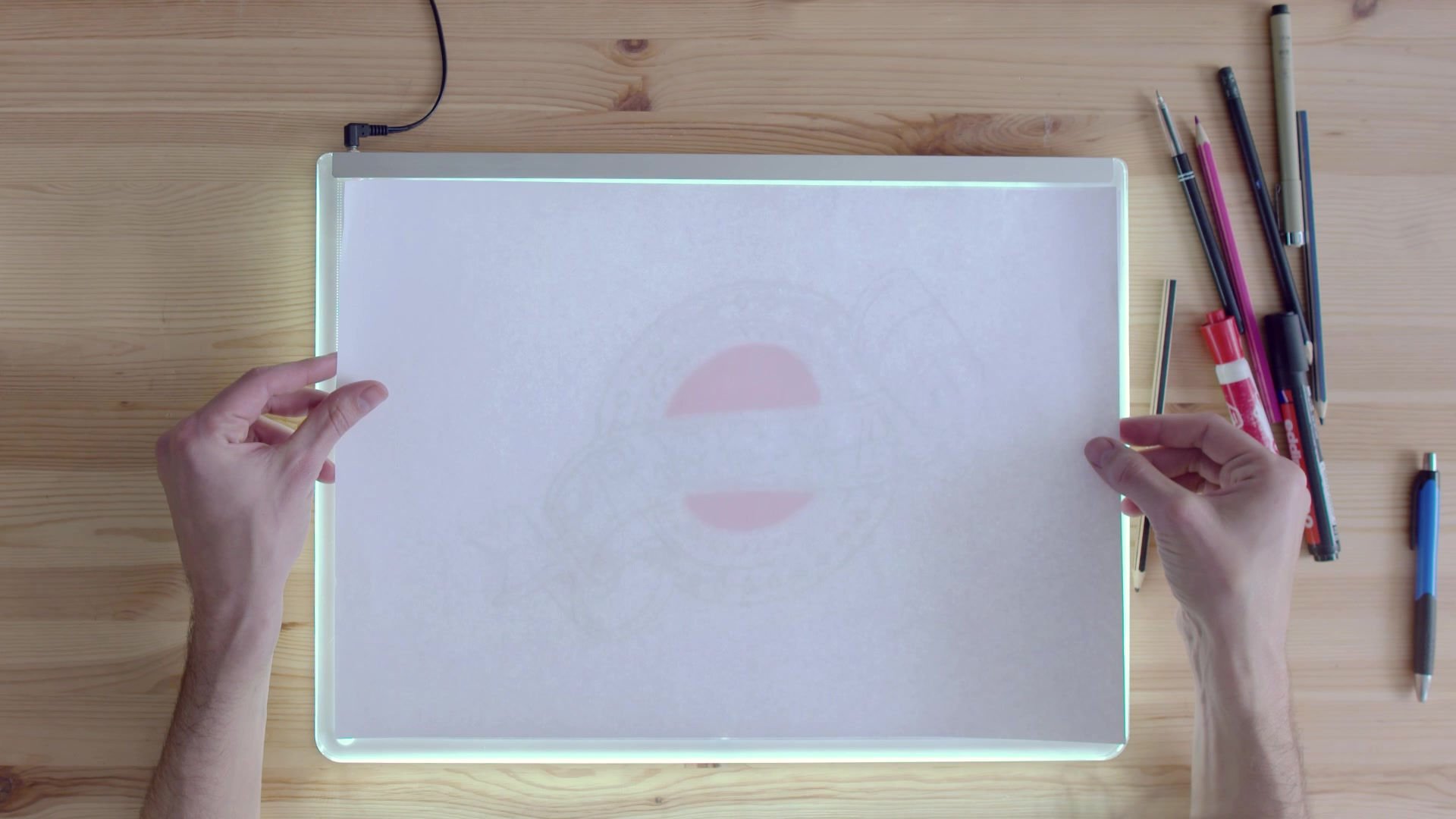Create Fun Sign Language Crafts for All Ages
- Cheryll Atienza

- Aug 27
- 3 min read
Learning new skills can be exciting and rewarding, especially when it involves creativity and communication. One wonderful way to combine both is through engaging sign language activities that include fun crafts. These activities are perfect for all ages, from young children to adults, and can help build a deeper understanding of communication beyond spoken words. Whether you are a beginner or looking to enhance your skills, crafting with sign language themes offers a hands-on approach to learning.
Engaging Sign Language Activities to Try at Home
Crafts are a fantastic way to make learning interactive and memorable. Here are some enjoyable sign language activities that you can easily do at home or in a classroom setting:
Finger Spelling Bracelets: Use colorful beads to represent letters in the alphabet. Each bead color corresponds to a letter, and you can spell out names or simple words. This craft helps reinforce the alphabet and finger spelling skills.
Sign Language Flashcards: Create flashcards with hand shapes drawn or printed on one side and the corresponding letter or word on the other. These can be laminated for durability and used for quick practice or games.
Handprint Art: Trace your hand on paper and decorate it with the sign for a specific word or letter. This is a fun way to connect physical movement with visual art.
These activities not only make learning enjoyable but also encourage fine motor skills and memory retention.

Finger Spelling Bracelets help learners connect letters with colors and shapes.
How to Make Sign Language Activities More Interactive
To keep learners engaged, it’s important to add interactive elements to your sign language crafts. Here are some tips to make your activities more dynamic:
Incorporate Games: Turn flashcards into matching games or memory challenges. For example, match the hand sign with the correct letter or word.
Use Technology: Combine crafts with apps or videos that demonstrate the signs. This multi-sensory approach helps reinforce learning.
Group Activities: Encourage group participation where learners can practice signing to each other using their crafts. This builds confidence and social skills.
Storytelling with Signs: Create simple stories or sentences using signs and crafts. This helps learners understand context and sentence structure.
By making activities interactive, learners stay motivated and develop a deeper connection to the language.

Group games with flashcards encourage social learning and practice.
How do you say "sorry" in sign language?
Expressing emotions is an important part of communication, and sign language has specific signs for many feelings and phrases. To say "sorry" in sign language, you make a fist with your dominant hand and rub it in a circular motion over your chest. This gesture conveys an apology or regret.
To practice this, you can create a craft that illustrates the sign for "sorry." For example, draw or paint a hand making the circular motion on a card or poster. This visual aid helps learners remember the sign and its meaning.
Additionally, you can role-play scenarios where saying "sorry" is appropriate, using your crafts as prompts. This makes the learning experience practical and relatable.

Illustration of the hand gesture used to sign "sorry" in sign language.
Craft Materials and Tools for Sign Language Projects
Choosing the right materials can make your sign language crafts more enjoyable and accessible. Here are some recommended supplies:
Paper and Cardstock: For flashcards, posters, and handprint art.
Colored Beads and String: Perfect for bracelets and necklaces.
Markers, Crayons, and Paints: To decorate and personalize crafts.
Scissors and Glue: Basic tools for cutting and assembling.
Laminator (optional): To make flashcards durable and reusable.
When selecting materials, consider the age group and skill level. Younger children may benefit from larger beads and thicker markers, while older learners can handle more detailed projects.
Tips for Encouraging Consistent Practice
Consistency is key when learning any new language or skill. Here are some practical ways to encourage regular practice of sign language activities:
Set a Schedule: Dedicate a specific time each day or week for sign language crafts.
Create a Learning Space: Designate a corner or table for your materials and projects.
Celebrate Progress: Display completed crafts and celebrate milestones.
Involve Family and Friends: Encourage others to join in and practice together.
Use Online Resources: Supplement crafts with videos and tutorials from trusted sites like Cherla Design.
By making practice a fun and regular part of your routine, you’ll see steady improvement and greater enjoyment.
Exploring sign language through crafts is a wonderful way to connect creativity with communication. These activities provide hands-on learning that is both educational and entertaining for all ages. Whether you are making bracelets, flashcards, or handprint art, each project brings you closer to understanding and using this beautiful language. Keep experimenting with new ideas and enjoy the journey of learning together!
























































Comments